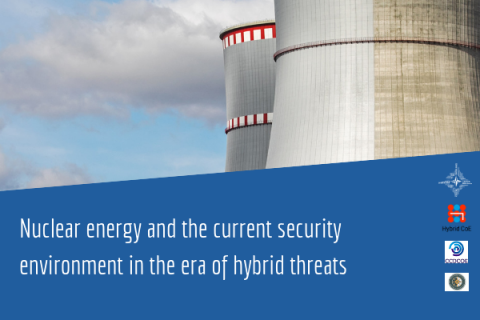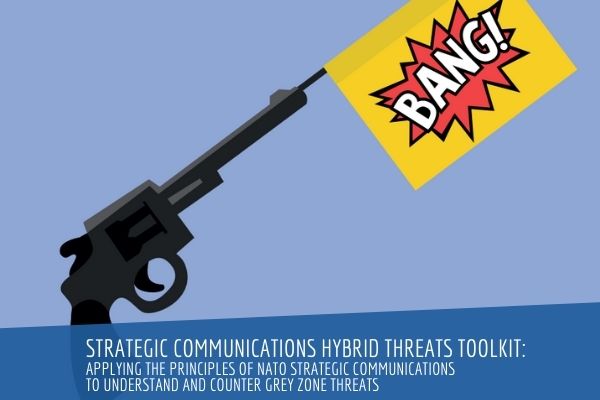This is one of the Case Studies from the report "Hybrid Threats. A Strategic Communications Perspective".
You can access the full report here.
Executive Summary
On 16 March 2015 the Russian Federation began a combat readiness test (a ‘snap exercise’) of its Northern Fleet and force elements situated in its Western Military District. The scale of the exercise was much larger than originally announced, and coincided with the Norwegian exercise Joint Viking in Finnmark (the northernmost part of Norway), as well as with the US exercise Dragoon Ride. Since both exercises were announced well ahead of time, it is reasonable to assume that the Russian exercise was intended as a defensive move and/or response to them.
There remains considerable debate as to whether the readiness exercise violated the Vienna Document, a confidence and security-building measure agreed upon with the OSCE. Norway stated at the time that it was monitoring the situation, and did not submit a complaint to the OSCE. However, the consistent use of such snap exercises to circumvent requirements for notification runs counter to the spirit of the agreement and undermines its provisions.
Key Points
- From Norway’s perspective, a high level of military activity, including the conduct of such exercises in the High North were considered to be routine. Norway therefore treated this series of events as part of an accepted normality and did not identify the combat readiness tests as an exceptional or significant threat.
- NATO, by contrast, regarded the increase in Russian snap exercises as a breach of the spirit of the Vienna Document. This highlights the need to consider the differences between NATO narrative and national strategic interests.
- The case study also highlights the importance of strategic context. Whether one considers the exercises in the context of NATO activities and the conflict in Ukraine or simply as a bilateral issue has an impact on how different audiences understand events.
- An effect does not necessarily have to be a change in behaviour, but could also be the maintenance of the status quo, i.e. considering a high level of military activity to be “normal.”






